As usual, a new model slotted in between existing ones only makes the price-list a more crowded place, and the Everest Wildtrak’s $74,704 ticket lobs it into the mix between the Sport 4WD at $72,490 and the flagship Everest model, the Platinum at $79,490.
For the record, according to Ford, the Sport model marks a split in the Everest range where the offerings fall either into the luxury side of things (Platinum) or the adventure category (Wildtrak). Does that help? Maybe…
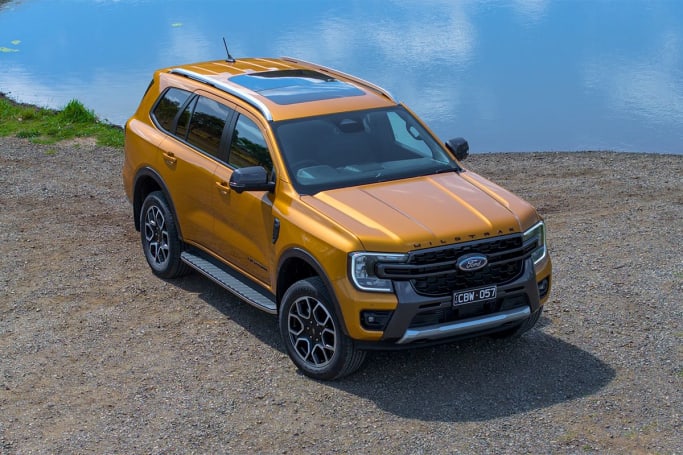
The big question, of course, is what you get for the extra money over an Everest Sport V6. That starts with the exterior touches which include Wildtrak badges on about half the car’s panels as well as grey highlights on the grille. There are specific front and rear bumpers for the Wildtrak and silver roof rails. Luxe Yellow is also offered on the Wildtrak, the first time for an Everest, but are we the only ones who think it’s kind of last year’s colour?
Inside, the charcoal leather trim is accented by orange stitching (which looks better than it sounds) and the driver’s seat is 10-way electrically adjustable. The passenger’s seat is eight-way adjustable and both front pews are heated and ventilated. A giant panoramic sunroof can be opened or simply unmasked to break up the interior darkness.
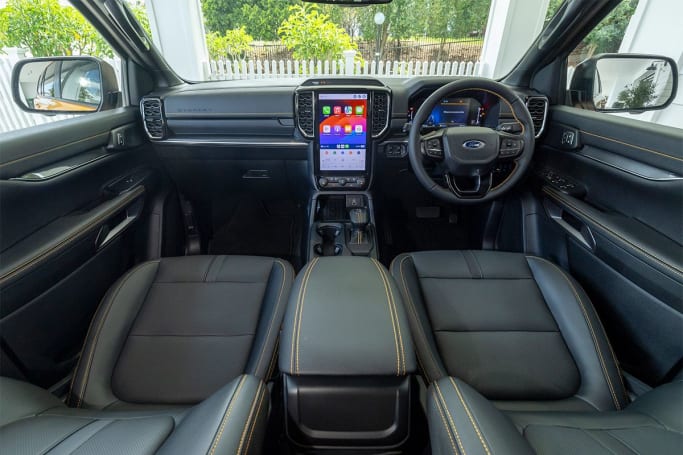
There’s also ambient lighting inside (with zone lighting for the exterior) and the 360-degree camera system is also fitted. A tyre pressure monitoring system is also standard which is one of the most important steps up from the Sport model.
Speaking of tyres, the Wildtrak also has a choice of all-terrain or more conventional road-oriented tyres which we’ll get to in a moment. The all-terrains are a no-cost option.
So what’s missing? Not much. Paddle shifters would definitely make a nice addition, especially considering the fiddly selector switch you get instead. But as it sits, the extra kit over the Sport really does seem to justify the extra money being asked.
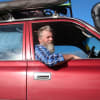
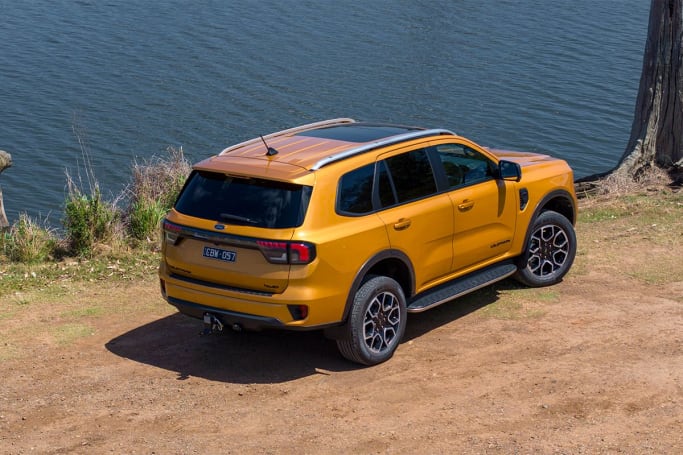
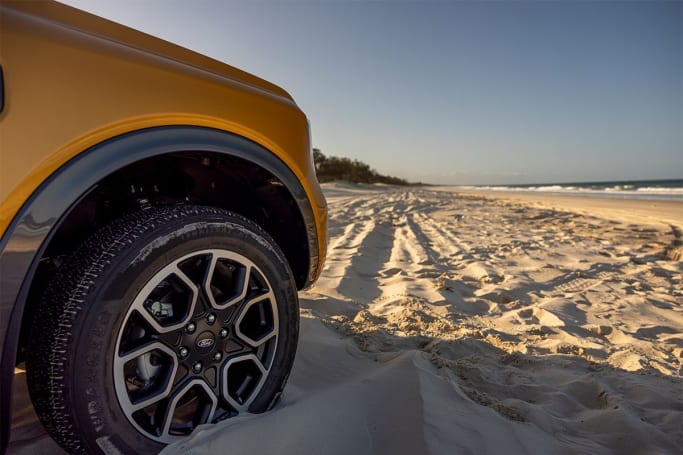
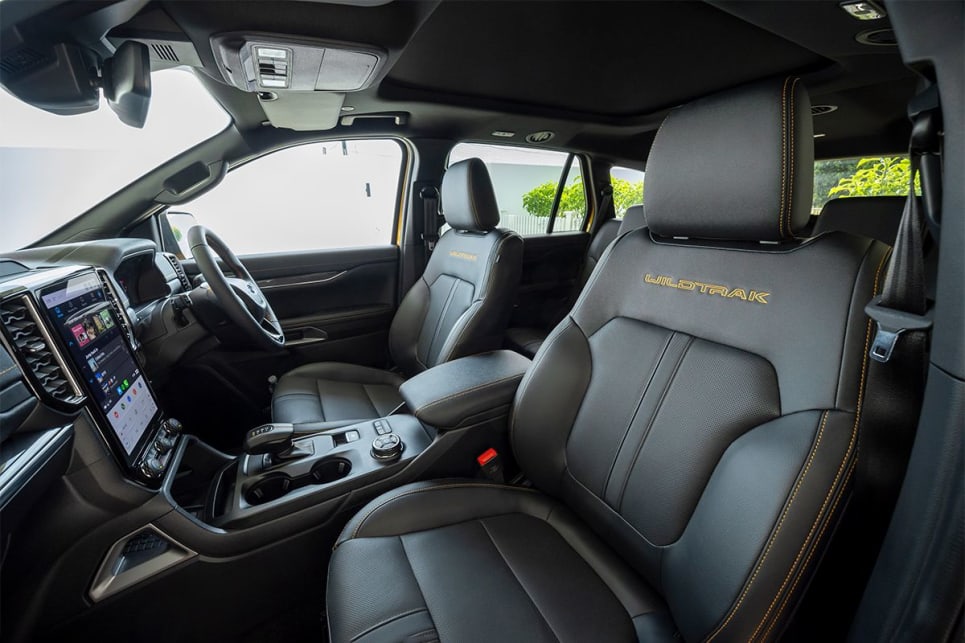
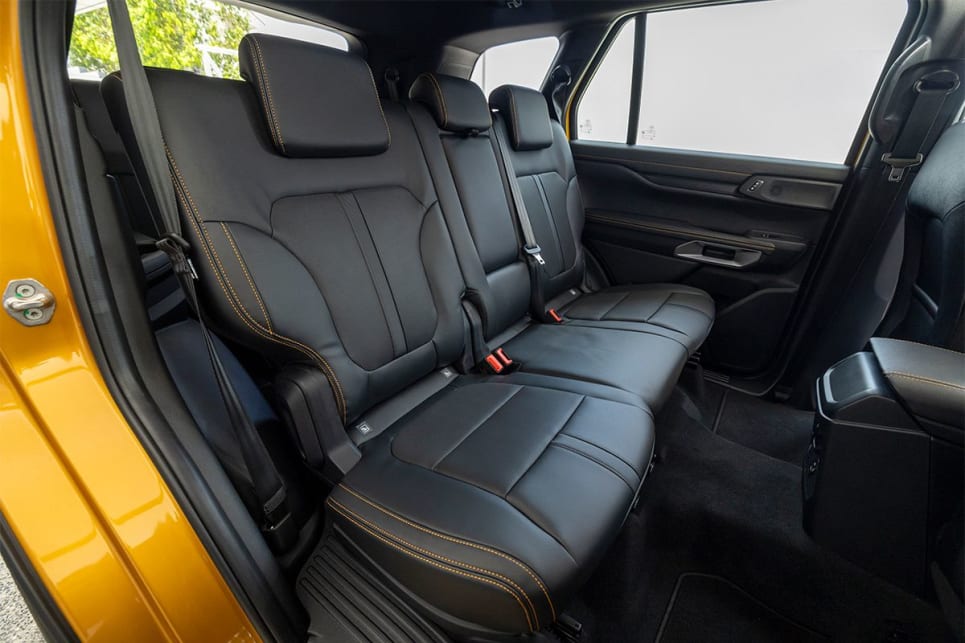
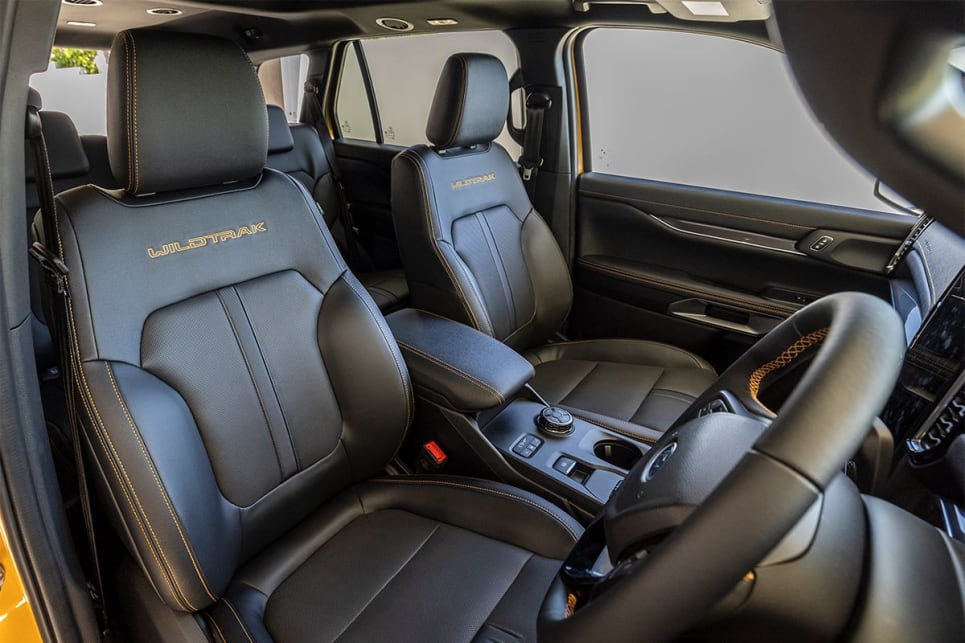
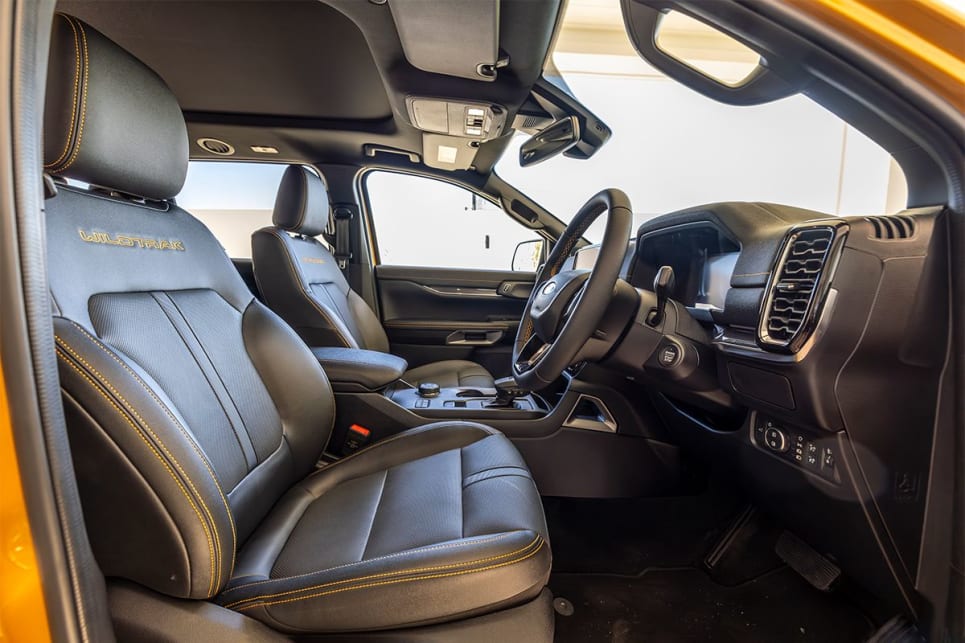
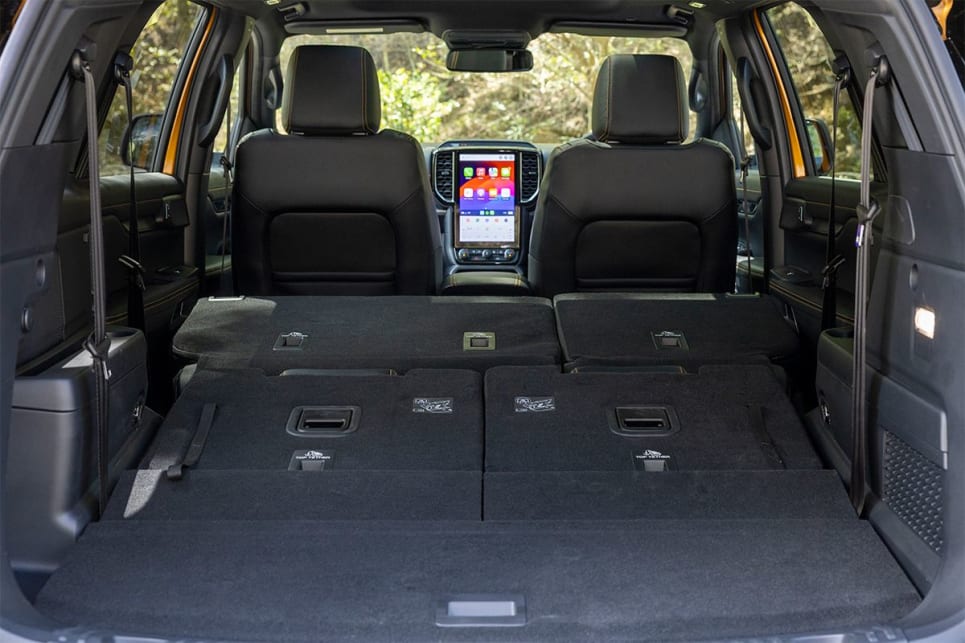

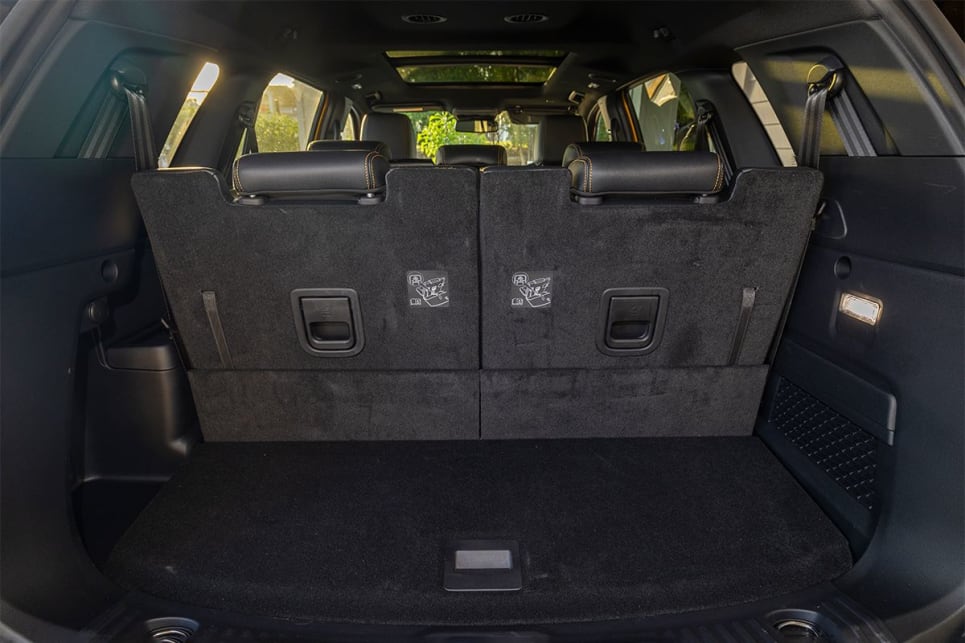
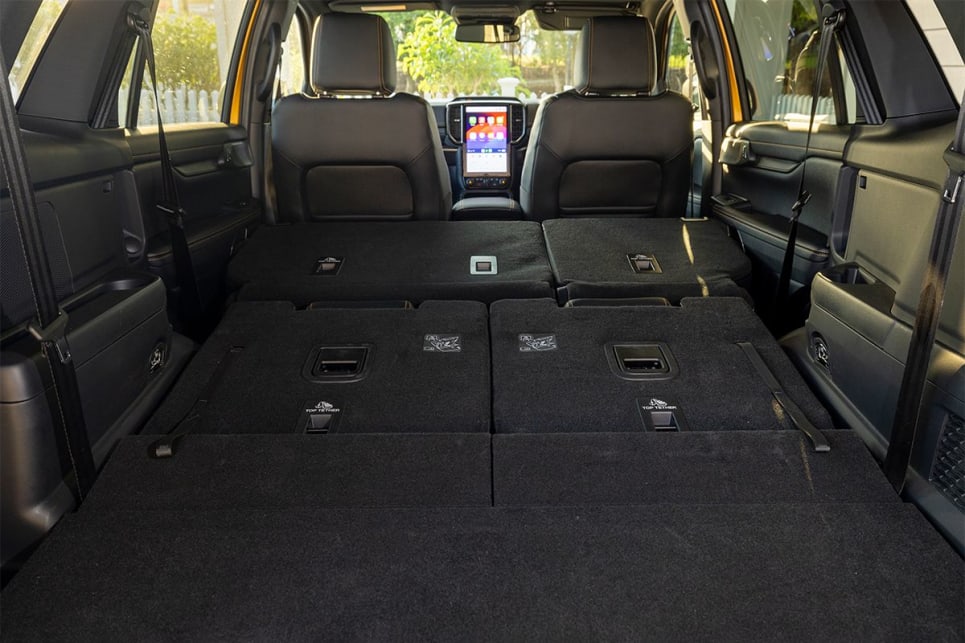
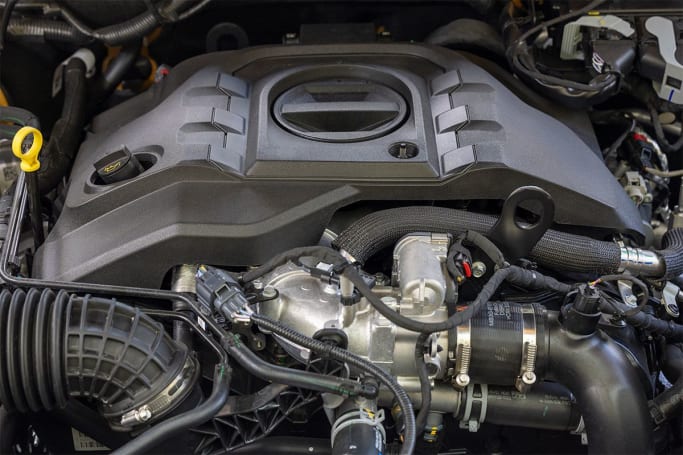
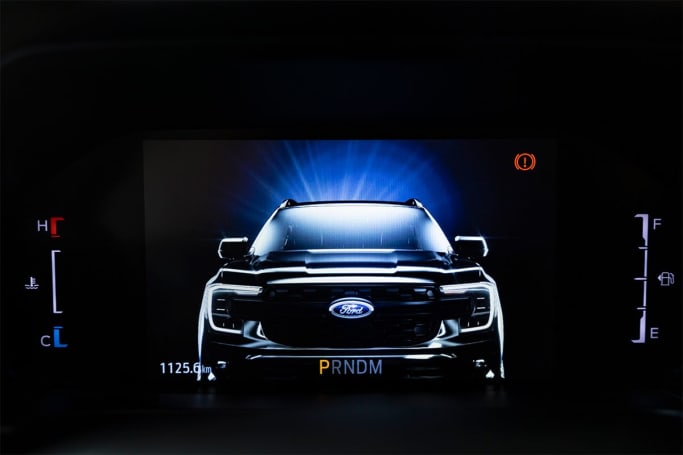
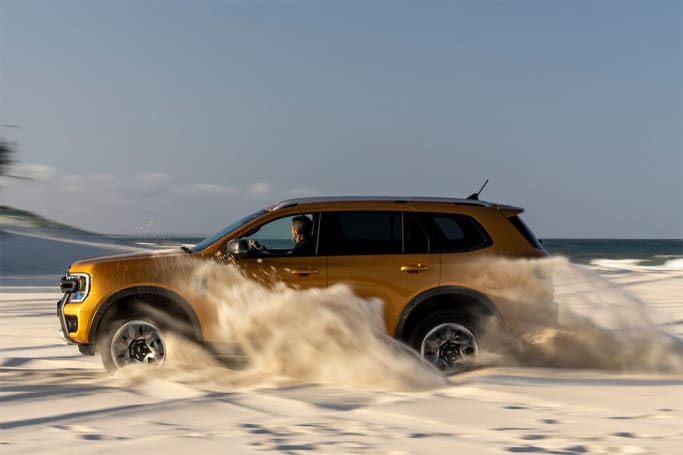
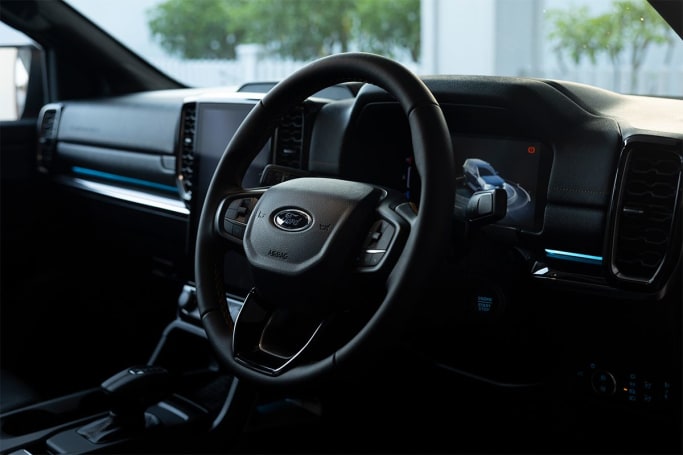
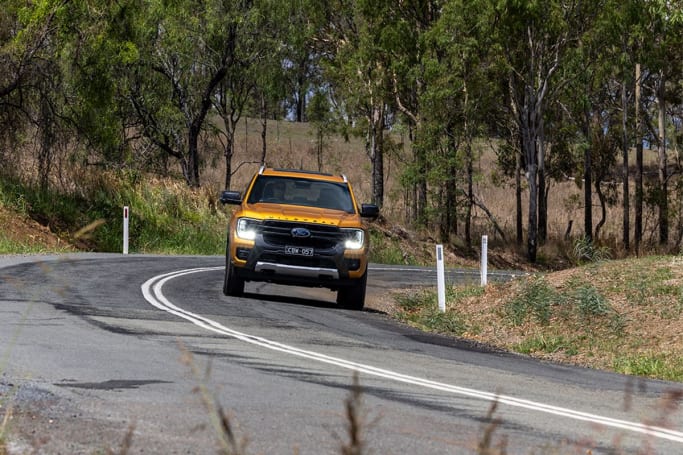
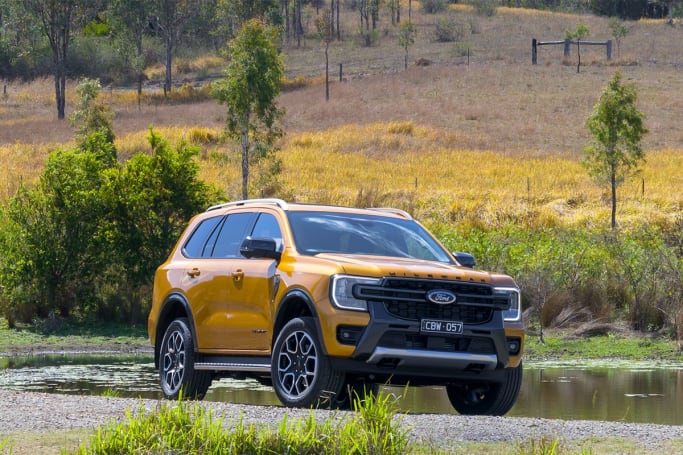

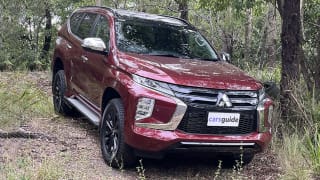
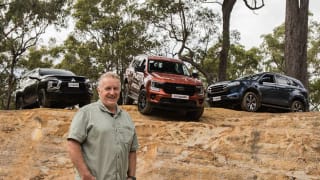
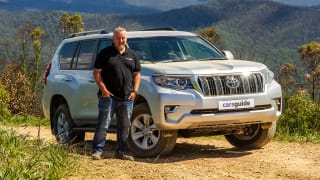




 Lexus NX250
Lexus NX250